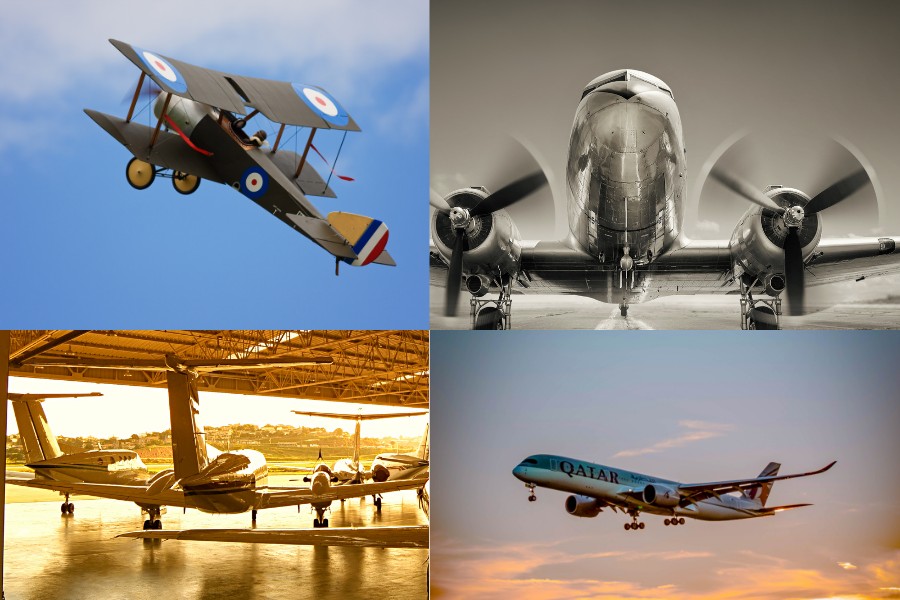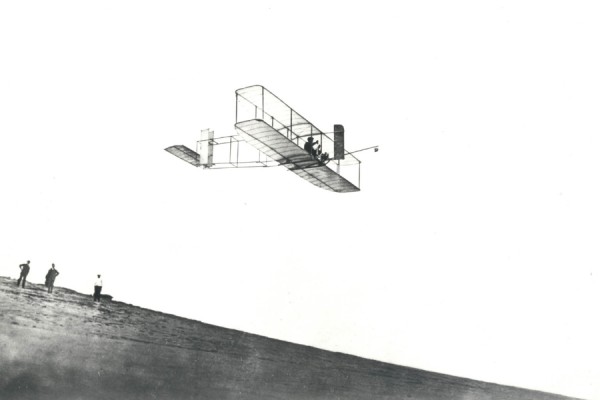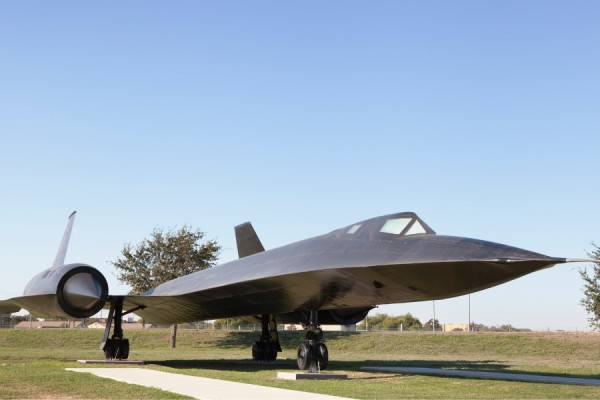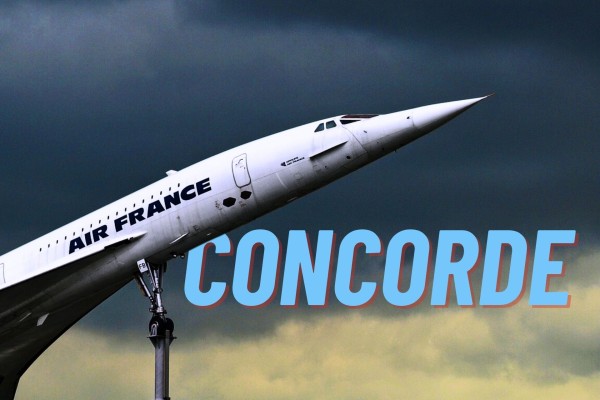- History
- 1 year before
Development Process from First Flights to Modern Aircraft
Discover the historical development of airplanes from the first flights to the modern jet age and witness the evolution in aviation history.
-

- 1 year before
- Category: History

First Flight Attempts
Looking at history, man's attempt to fly dates back to quite ancient times. Leonardo da Vinci's ornithopter designs are among the first examples of this effort. However, the first powered flight took place in 1903 with the Wright Brothers. This historic moment is seen as the beginning of modern aircraft and laid the foundation for aircraft technology
World War Two and the Evolution of Airplanes
The First and Second World Wars were periods of great breakthroughs in aircraft technology. The needs of the war led to the development of faster and more maneuverable aircraft. In addition, during this period, the foundations of civil aviation were laid and aircraft began to be used for domestic and international travel.
Transition to the Jet Age and Modern Airplanes
With the invention of the jet engine after World War II, aircraft have become much faster and capable of reaching long distances compared to earlier propeller models. From this period, aircraft gained a significant degree of speed and effectiveness in both the military and civilian spheres. The first jet airliners, such as the Boeing 707 and Douglas DC-8, completely changed air travel with their flights in the late 1950s.
Aircraft Technologies in the 21st Century
Today, airplanes are equipped with complex electronic systems and advanced materials. Models such as the Airbus A380 and Boeing 787 Dreamliner have revolutionized energy efficiency and passenger comfort. In addition, the need for sustainable fuel sources is pushing the aircraft industry to produce more environmentally friendly solutions.
The historical development of aircraft includes not only advances in technology and engineering, but also economic and social impacts. Each new chapter in aviation history transforms the way we connect different corners of the world and contributes to the globalization process. Airplanes retain their place in history as miraculous machines that do not go out of style, constantly evolving




